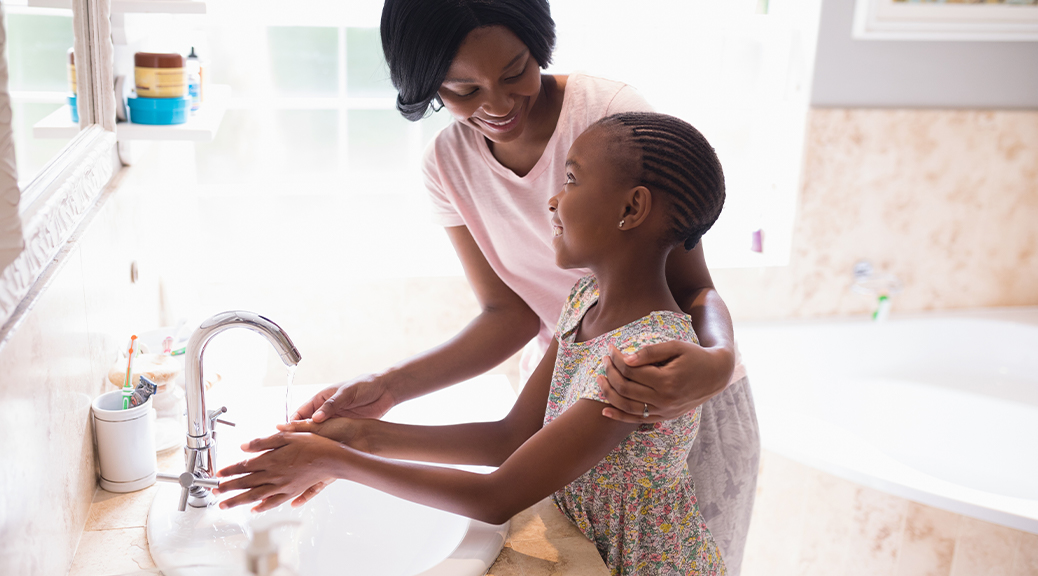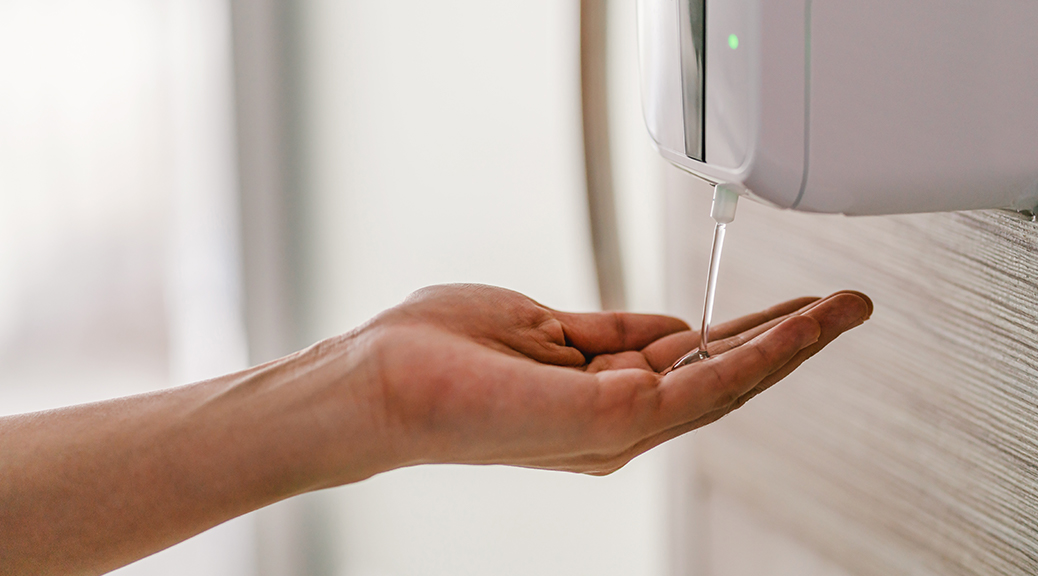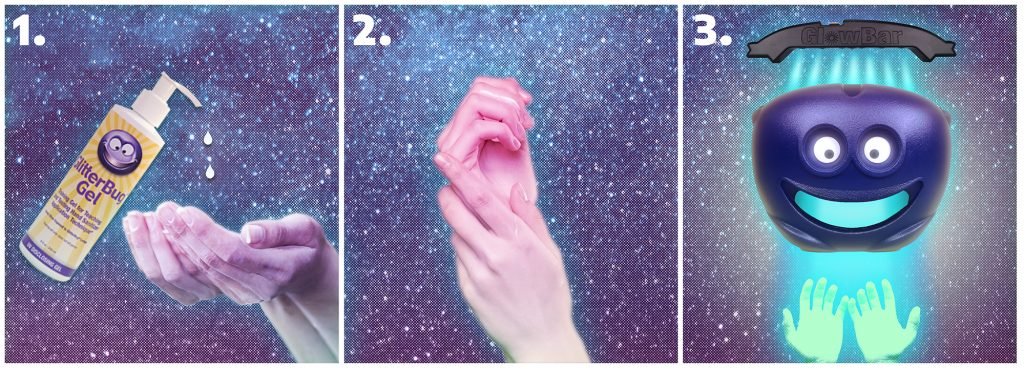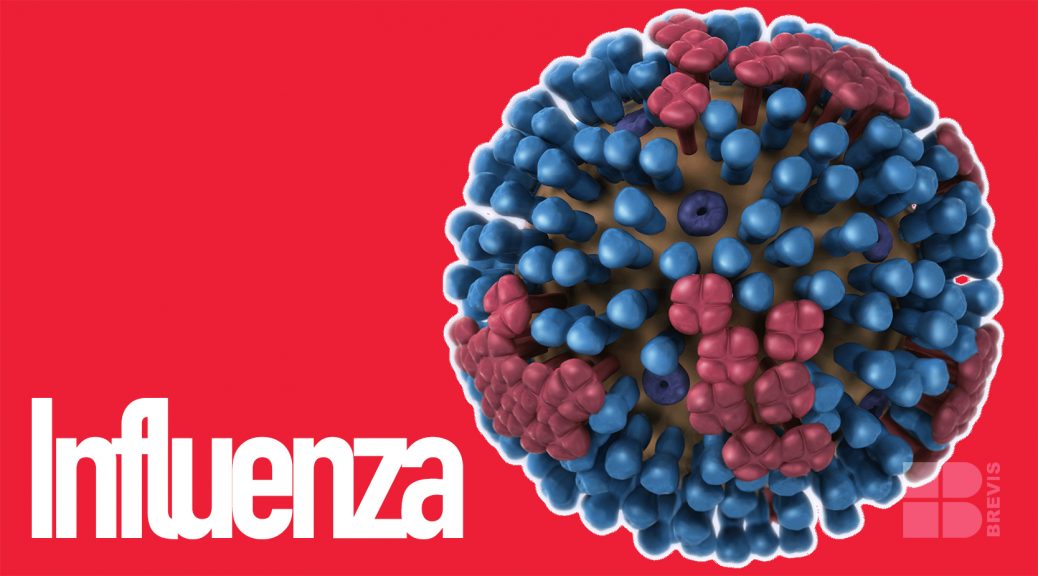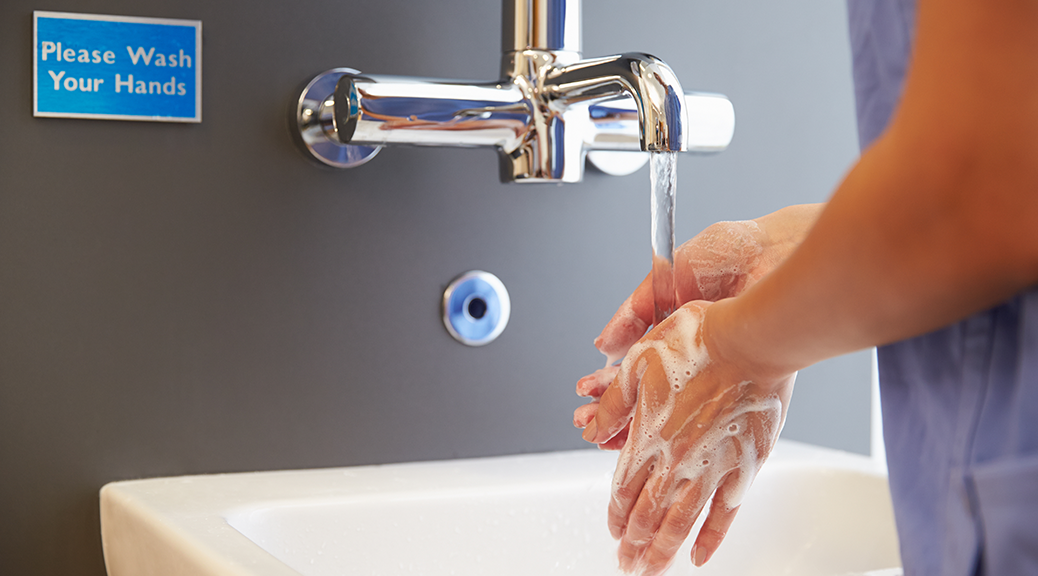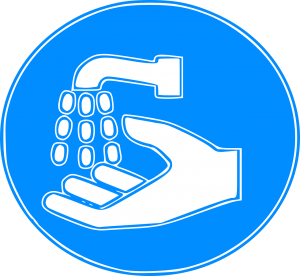Teaching kids healthy habits is important. But how do you get them to pay attention to a dull topic such as how to wash their hands? With a little creativity, both learning about hand washing and implementing that knowledge can be fun for kids.
Make the Process a Game
Correctly washing hands is essential to be effective. There are five steps: #1 wet, #2 lather, #3 scrub, #4 rinse, and #5 dry. Making a game out of learning these steps helps kids wash the right way. A parent can stand near the sink as the child prepares to wash his hands and say “1.” The child responds with “wet” and takes the corresponding action. This process is repeated for the next four steps. Kids are both saying and doing the step, which reinforces what they are learning.
Lave and Learn
Older children can use the required 20 seconds for hand washing to practice learning other things. For instance it is the perfect opportunity for them to count to 20 in a foreign language they are learning. Cleanliness can be next to language fluency.
Use of warm, soapy water is suggested for hand washing. Demonstrate the difference between hot, cold, and warm at the sink. Ask a young child to be Goldilocks. She can say the appropriate phrase depending on the water temperature: “This water is too hot,” “This water is too cold,” or “This water is warm and just right for hand washing!”
Even English lessons can occur while hand washing. Challenge your child to list as many adjectives as he can to describe the soap he is using. How does it smell? What does it feel like? What color is it?
Engage brains while hands are washed. Have kids recite where they got the germs being washed off. While scrubbing they can say, “I’m washing the germs off I got from petting Fido.” “I’m washing the germs off from the garbage can I took out for Mom.” This exercise opens their eyes as to how and where germs can be picked
Check It Out
Soap is key for hand washing. Pump soap comes in various smells and colors. Let your child choose the soap to use. If her favorite color is pink, she might be fascinated with pink-tinged Himalayan salt soap.
Hand washing can spark an inquiring mind. Offer both hand sanitizer and pump soap for use in the bathroom. Ask your child to report her observations. How do they compare? Are the textures different? Does one make her hands feel cleaner?
Be Creative
Encourage your child’s creativity during hand washing. Have him pretend he is doing a commercial for soap while washing his hands. He can talk to the mirror about why he likes this particular soap and why others should buy it. Or challenge him to think up a cool new scent of soap he would like to use. Would kids scream to wash their hands with ice cream soap?
Children need to understand hand washing is not a “splash and dash” activity. Effective hand washing lasts at least 20 seconds. People often sing “Happy Birthday” while washing their hands since it takes 20 seconds to sing it. Challenge your child to compose his own song to sing while washing his hands. A personalized song makes the hand washing time fun for them.
The More the Merrier
Siblings can enjoy a group activity. Tell them they are participating in a consumer survey. Offer three different soaps. After they have tried each one, ask them to rate the soaps as #1, #2, and #3 in preference. Are the children’s rankings different?
Sudsy Science
Perhaps your child would have a blast washing his hands if he is a mad scientist testing out his creation. Seeing is believing so have your children apply GlitterBug Potion with invisible glowing marker before washing. After washing have them view their hands under a blacklight. See any residual glowing? If so those are the most likely trouble spots. Task children with making a record of how many glowing areas they can see. Are certain areas glowing more commonly? Did they follow the five steps carefully? Do certain techniques minimize the glowing?
Only your imagination limits the number of ways to engage kids in hand washing. Making the activity enjoyable encourages kids to participate and results in healthy, happy, hand washing children.

